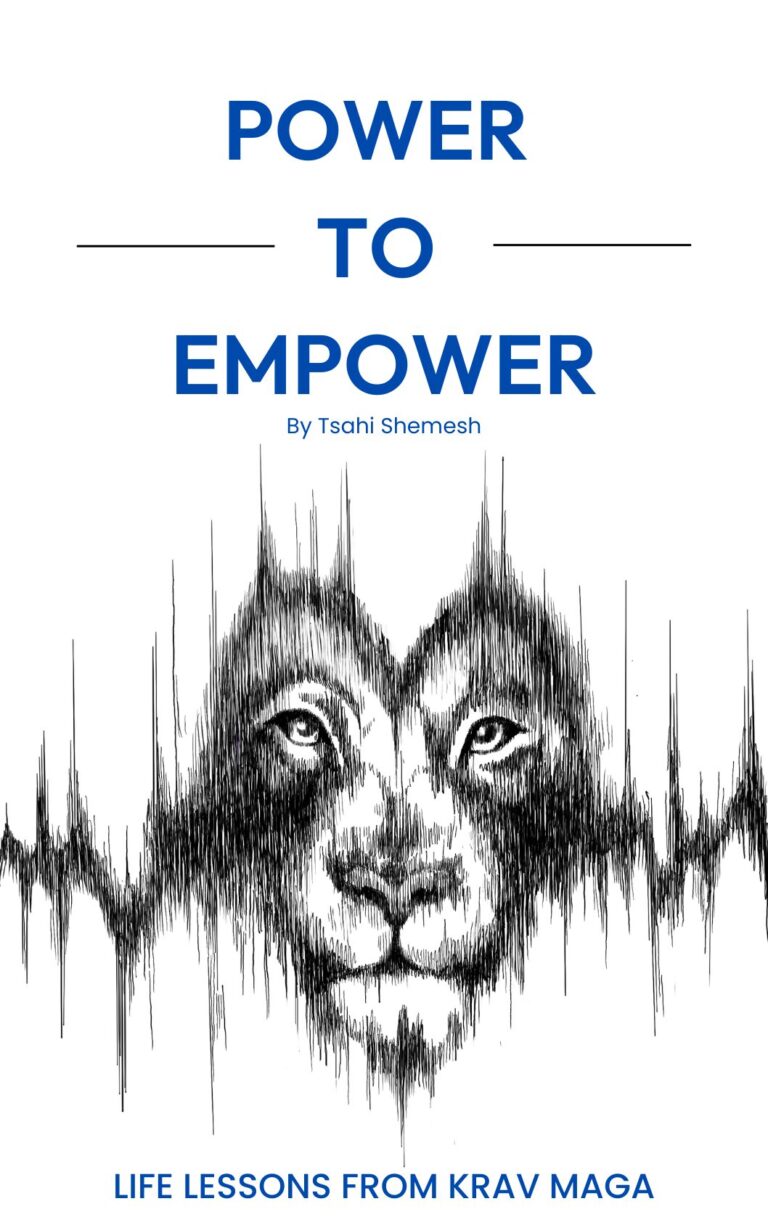The Truth About Pepper Spray: What Works, What Doesn’t, and What Saves You
Carrying pepper spray feels like an answer. It feels actionable. It feels like a small, neat insurance policy you can tuck into a bag or clip to a key ring and forget about until you need it. That feeling is useful only if it is honest. If it becomes a substitute for training, awareness, and a plan, it will fail you at the worst possible moment. “Carrying a pepper spray or self-protection tool is a good idea. But trusting it as a ticket out of trouble, as a bad idea.” That line is not a warning to scare you. It is a truth that separates panic from preparation.
Pepper spray is a chemical agent designed to create time and space by attacking the eyes, nose, and throat. It causes intense burning, tears, coughing, and disorientation. In the right conditions and used correctly, those effects buy you a few precious seconds to move, to call for help, or to escape. In many situations those seconds are everything. But the tool is fragile.
It has limits that matter in the real world: wind, distance, a determined or chemically impaired attacker, a grab that prevents you from drawing, clothing that resists its effects, and the risk of hitting bystanders. There are also medical risks. For someone with asthma or other respiratory issues the consequences can be severe.
If you want pepper spray to help you, your relationship with it must be clear and practical. It must be a tool inside a system. The system begins with awareness and ends with movement. The middle is training.
Choose the right spray for the environment you move through. A focused stream gives distance and reduces drift on a windy street. Gel or foam sticks to a target and reduces bystander exposure in crowded places. Cone sprays cover a wide area but risk blowback in confined spaces. Don’t chase the biggest percentage number on a label. Reliability, predictable deployment, an ergonomic trigger, and a safety you can operate without looking are everything. If you cannot deploy the device blind and fast, it will be useless when stress narrows your vision and slows your hands.
Practice the motion until it is cleaner than your panic. Stand where you keep your spray. If it is in a purse practice the draw from that exact bag. If it is on a key ring practice drawing without fumbling. Do this slow and deliberate, then faster, then with a simple breath routine that stabilizes your body. Add a physical exit to the motion. A useful rehearsal is this: draw, step slightly off the attacker’s line, deliver a short half-second burst aimed at the face or eyes, then move immediately behind cover or toward a safe route. Repeat until the sequence is smooth.
Train these steps in scenarios, not just as isolated motions. Under pressur,e your body will revert to what you have rehearsed. If your only rehearsal is pulling a canister out of a drawer, you will freeze when someone closes the distance. If you have trained moving from a choke or a grab into a spray draw and then into an exit, you stand a better chance of creating the separation you need.
There are ethical and legal edges to this too. Laws for possession and use vary by state and country. Some places restrict strength or size. Some treat misuse as a criminal act. Even where it is legal, spraying in a crowded subway car or an enclosed building can cause serious harm to innocents and create complex legal consequences. Consider the possible outcomes before you act. Ask yourself one question in the moment: will this create the space I need to get out, or will it escalate a situation I can resolve more safely another way?
Krav Maga trains you to value options. It trains you to defend with your body because your body is always with you. “YOU are the most lethal weapon there is.” That sentence is not a boast. It is a practical reminder that skill, timing, and decision making are primary. Tools amplify capability when the user is prepared. They cannot replace the fundamentals of movement, distance management, and the willingness to act.
Here is a compact training protocol to integrate pepper spray into your system. Practice this twice a week until the motion becomes automatic.
-
Start in your normal carry position. Draw without looking. Repeat until smooth.
-
Step forward and assume a slight sideways angle so your body is not a square target.
-
Aim for the face. Short half second bursts. Do not spray full canister length unless you must.
-
Immediately move away along a preplanned route. Do not stand and watch the effect. Move.
-
If you are grabbed, rehearse small escapes that allow you to clear your hand and draw. Work these slowly, then at speed.
-
After any use, get to safety, call for help, and report the incident. Record what worked and what did not.
The checklist that follows is what you should act on today. Replace expired canisters. Test the safety mechanism and trigger. Choose a carry method you can access without looking. Learn the handheld distances you can realistically hit from the places you frequent most often. Know local laws. Rehearse the draw and exit three times a week for five minutes. And integrate the spray into pressure training rather than treating it like a charm.
Real life does not reward good intentions. It rewards clarity, repetition, and the humility to accept that a single tool is rarely the answer. One woman I teach kept pepper spray in her purse for years. When she was followed one late night she did not reach into the bottom of a bag. Instead she used her training. She created distance, turned the approach into a public action that drew attention, and used a short, controlled spray when she had the space to aim. The attacker stumbled. She moved. No theatrics, no false heroism. The point is not the device. The point is what the device made possible when combined with a mind that did not panic.
If you carry pepper spray, carry it honestly. Train with it, rehearse with it, and accept its limits. Remember the line and let it guide your choices: “Carrying a pepper spray or self-protection tool is a good idea. But trusting it as a ticket out of trouble, as a bad idea.” This is not fearmongering.
It is a call to prepare.
Do something amazing,
Tsahi Shemesh
Founder & CEO
Krav Maga Experts

